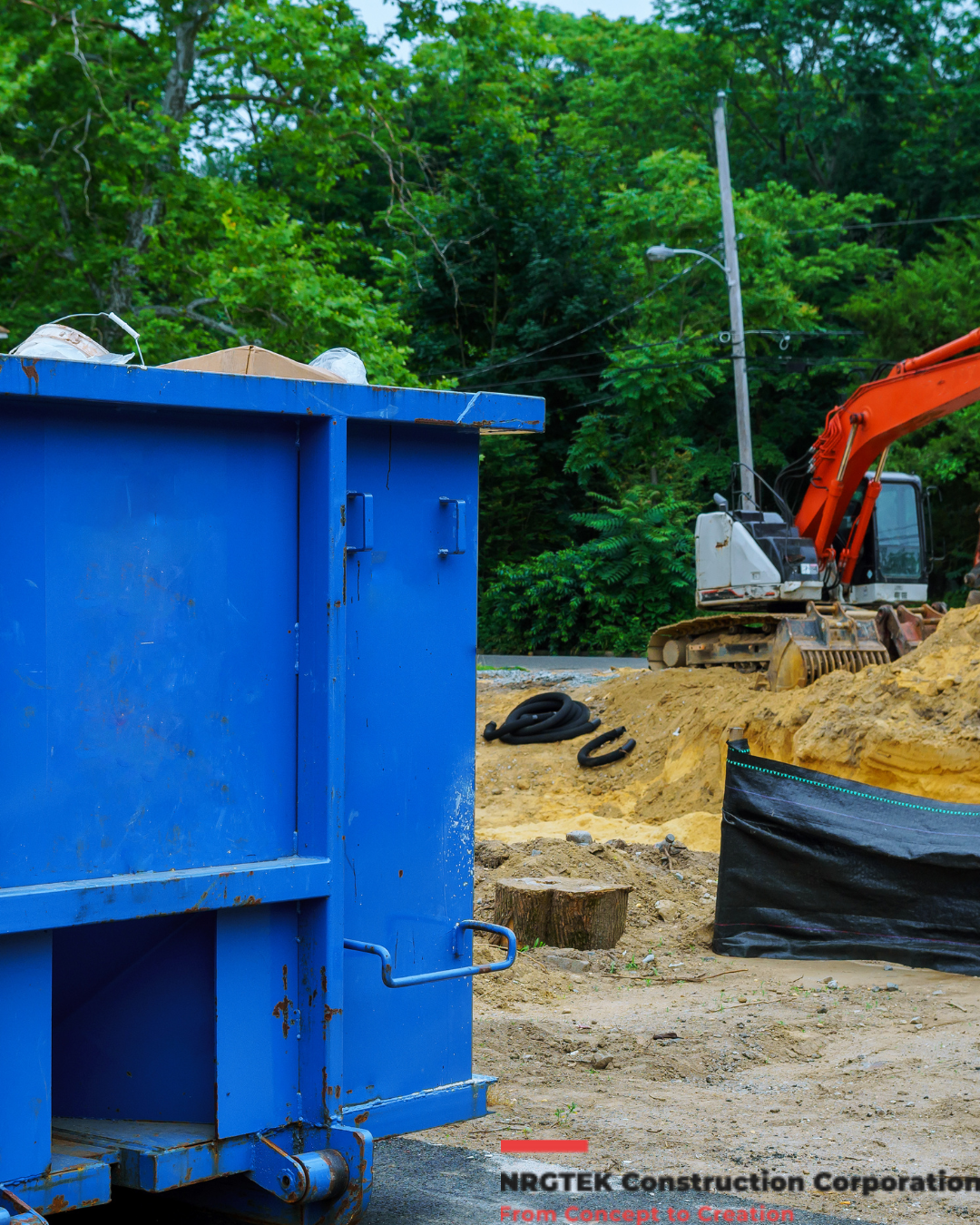
British Columbia’s coastline offers some of Canada’s most stunning views and natural beauty. From serene oceanfront properties to elevated lots with panoramic vistas, coastal living is a dream for many. But building homes in these regions requires more than just an appreciation for the scenery—it demands careful planning, environmental awareness, and technical expertise.
At NRGTEK Construction, we specialize in building resilient, sustainable homes in challenging environments. If you’re considering building near BC’s coast, here are the key considerations you should keep in mind:
1. Coastal Climate and Weather Conditions
BC’s coastal regions are known for their mild but wet climate. The high humidity, salty air, and frequent storms can pose long-term challenges to building materials and structural integrity.
Key Considerations:
- Use corrosion-resistant materials such as stainless steel, treated wood, and fiber cement.
- Install high-quality moisture barriers and ventilation systems.
- Design for wind loads and storm resistance, especially in exposed areas.
2. Erosion and Shoreline Stability
Erosion is a natural process along BC’s coastline, and it can significantly affect the stability and longevity of waterfront properties.
Key Considerations:
- Conduct geotechnical assessments to understand soil composition and slope stability.
- Avoid building too close to eroding shorelines or cliffs.
- Natural buffers, like vegetation and rock barriers, should be considered to reduce erosion impact.
3. Flood Risk and Sea Level Rise
Rising sea levels and storm surges are growing concerns due to climate change. Coastal homes must be designed to mitigate flood risk.
Key Considerations:
- Elevate homes above expected flood levels.
- Incorporate flood-resistant foundations and materials.
- Ensure proper drainage and stormwater management systems are in place.
4. Environmental Regulations and Permitting
Coastal construction in BC is subject to strict environmental regulations to protect sensitive ecosystems and marine life.
Key Considerations:
- Obtain all necessary permits from local municipalities and provincial bodies.
- Work with environmental consultants to conduct impact assessments.
- Design with sustainability in mind—low-impact development (LID) techniques are increasingly required.
5. Access and Infrastructure
Some coastal areas are remote or lack well-developed infrastructure. This can impact construction logistics and long-term livability.
Key Considerations:
- Plan for access to water, electricity, and septic systems.
- Evaluate road access for construction equipment and emergency services.
- Consider renewable energy sources (solar, wind) for off-grid or semi-remote builds.
6. Design for Coastal Living
Coastal homes aren’t just about surviving the environment—they should thrive in it. Smart design enhances both resilience and lifestyle.
Key Considerations:
- Maximize natural light and ocean views with strategic window placement.
- Use overhangs and shading to reduce summer heat and manage winter rain.
- Include outdoor living spaces designed for variable weather conditions.
Partner with Coastal Construction Experts
Constructing homes near BC’s coastlines requires a balance of technical skill, environmental stewardship, and regional knowledge. At NRGTEK Construction, we bring all three to the table. Whether you envision a modern cliffside retreat or a cozy waterfront cottage, our team is equipped to guide your project from concept to completion—with durability, beauty, and sustainability at the core.
Ready to build your dream coastal home?
Contact NRGTEK Construction today to schedule a consultation.










